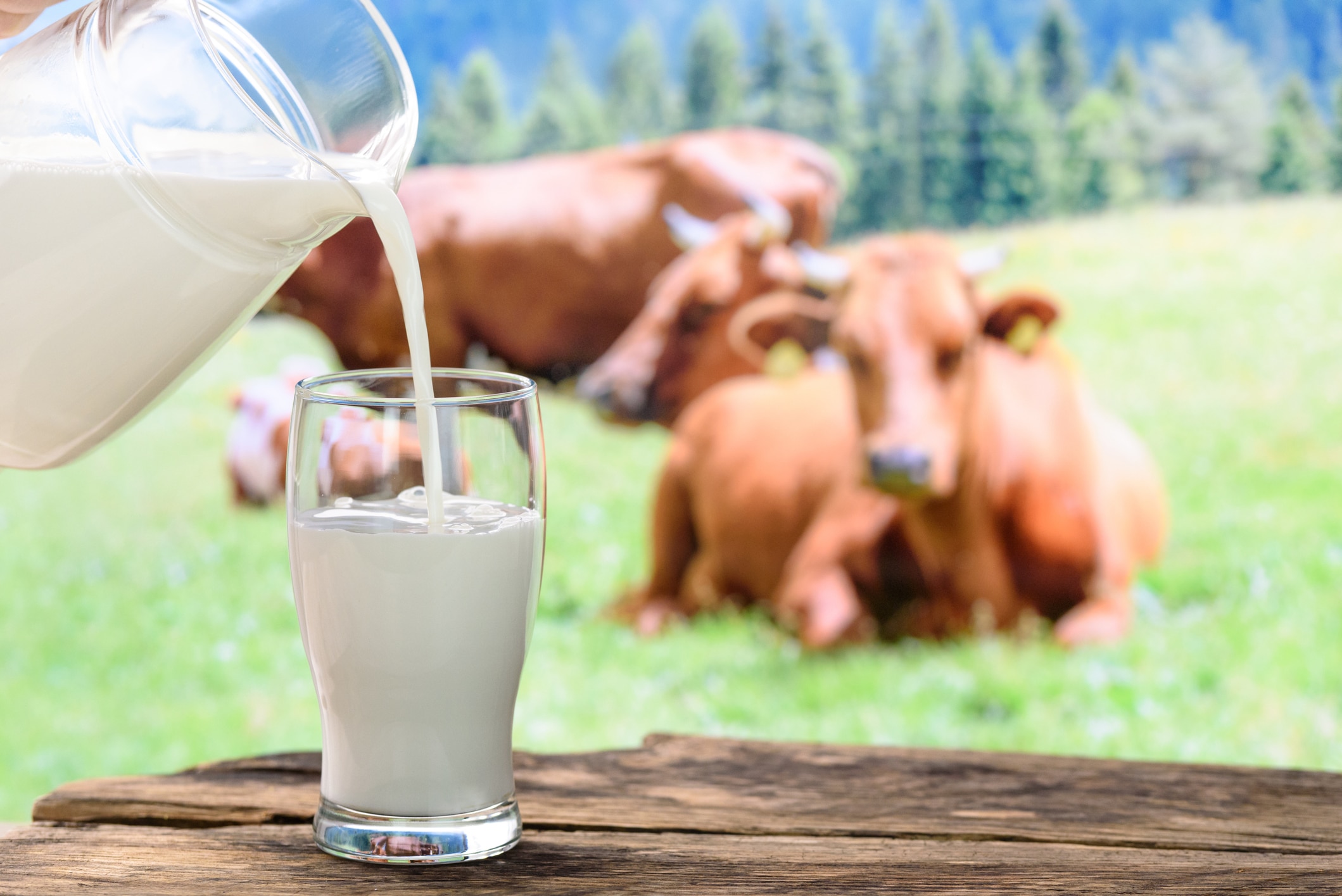In recent months, whole milk has seen a surge in popularity, particularly among Gen Z consumers influenced by social media. Over the past three months, sales of whole milk have risen by 2% compared to the same time frame in the previous year.
According to a survey by Waitrose, a notable shift from low-fat to full-fat dairy products occurred in 2023, driven by individuals under 35. Searches for whole milk have also increased sharply, as indicated by Google Trends.
This trend is partially attributed to platforms like TikTok, where influencers highlight the health benefits of full-fat dairy, such as the presence of omega-3 fatty acids and fat-soluble vitamins, which are reduced in low-fat alternatives. Tim Spector, a professor of epidemiology, supports these claims, noting that studies haven’t conclusively linked low-fat dairy with better health outcomes compared to full-fat options.

Historical dietary guidelines, introduced in the 1980s and promoting reduced fat consumption, have been increasingly questioned. Modern consumers, particularly younger ones, seem to prioritize whole foods and gut health over the calorie-counting habits of previous generations. This shift is prompting a resurgence in demand for minimally processed, full-fat dairy products, reflecting a growing wariness of processed foods and hidden sugars.
Major retailers like Waitrose and dairy producers like Yeo Valley have observed this changing consumer preference, with young and old alike favoring the taste and purported health benefits of full-fat milk, yogurt, and cheese over their low-fat counterparts.

